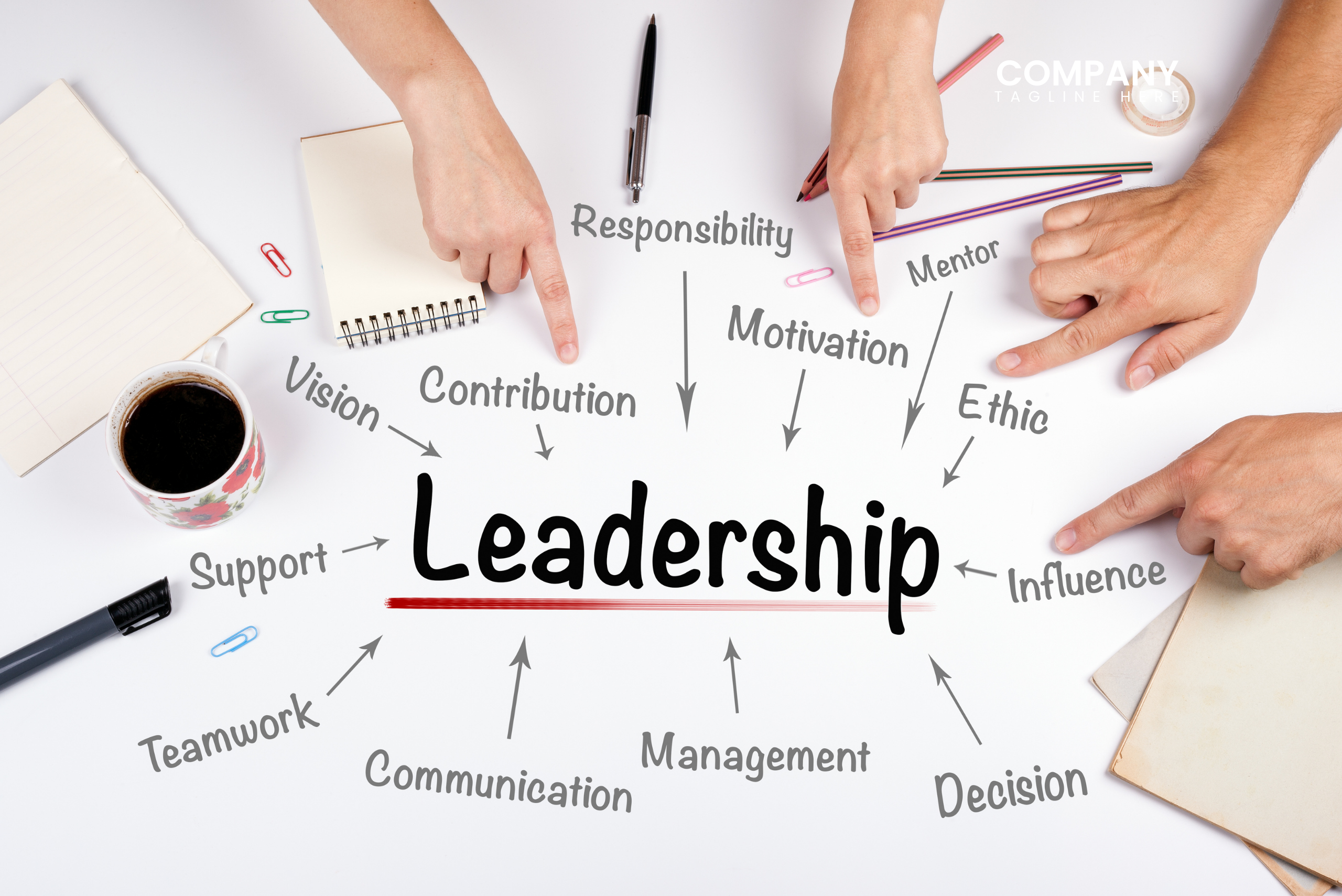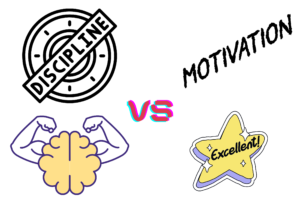Beyond titles and positions, a leader provides guidance, inspiration, and influences others to achieve a shared goal or purpose.
The ability of a leader to anticipate the future and navigate accordingly motivates others to follow suit. A leader’s impact extends beyond the objectives of an organization or team; it also influences the community and society at large.
Understanding Leadership entails responsibility, necessitating leaders to consider not only the social implications of their actions but also ethical concerns. Prioritizing social responsibility fosters change. It inspires others to do the same. A true leader possesses the capacity to inspire, guide, and positively influence individuals, regardless of whether they’re in a boardroom, classroom, or community.

Different Styles of Leadership
The idea of leadership is multifaceted since it encompasses styles suited to circumstances and organizational cultures. These styles are shaped by the leader’s personality traits and the context in which they operate.
Some common leadership styles include;
1. Transactional Leadership
This type of leadership relies on a system that utilizes rewards and punishments. Expectations and performance standards are established with adherence expected, while consequences are determined based on performance.
This leadership style thrives in environments that are well organized and follow a routine.
2. Charismatic Leadership
Charismatic leadership is a type of leadership that combines charm, interpersonal connection, and persuasiveness to motivate others. The leader is able to captivate their followers through their compelling charm and devotion.
3. Servant Leadership:
A servant leader focuses primarily on the development and well-being of people and the communities they belong to.
The servant goes about understanding leadership styles based on the idea that leaders prioritize serving the greater good. First, the leaders of this style are serving their team and organization. They’re not giving priority to their objectives.
4. Motivational Leadership
This type of leadership requires a leader to understand the unique strengths of each team member and the passion that concerns them.
Leaders who intend to use this approach have to tailor their approach to inspiring and motivating individuals and recognize that different people are motivated by different factors.
5. Transformational Leadership
This type of leadership helps to change the minds of followers, just like its name. It’s all about motivating and inspiring followers to live up to their expectations. Transformational leaders inspire and motivate through compelling vision, encouraging the creativity and innovation of a team.
6. Laissez-Faire Leadership
This leadership style gives team members autonomy and the freedom to make decisions and manage their systems. This type of leadership encourages a quick development of understanding leadership skills and creativity. However, this hands-off leadership type may also cause a lack of direction and limited control over quality if not implemented carefully.
The key to each leadership style is the context and the needs required in each situation. While some leaders adopt a transformational style, inspiring and motivating through a shared vision, others may embrace a servant leadership approach, prioritizing the needs of their team members. Autocratic, democratic, and laissez-faire styles represent additional variations, each with strengths and weaknesses.

Impacts of Understanding Leadership
1. Conflict Resolution
Leaders must navigate and resolve conflicts within a team. The ability to address disagreements constructively, mediate disputes, and promote open communication contributes to a healthy and functional work environment.
2. Organizational Culture
Leadership shapes the culture of an organization. A leader’s values, behaviors, and priorities set the tone for how individuals within the organization interact and collaborate. A positive and inclusive culture often reflects effective leadership.
3. Innovation and Adaptability
When followers are encouraged to be creative and embrace change, there is enough room for continuous improvement and resilience. Each challenge is seen as an opportunity for growth and increased capacities.
4. Long-Term Success
Effective leadership is often correlated with sustained organizational success. Leaders who prioritize long-term goals, cultivate talent, and navigate challenges with resilience contribute to the overall stability and prosperity of the organization.
5. Employee Engagement
There is a high level of employee engagement when there is effective leadership. Best efforts are made when individuals know that their opinions are highly valued.
How to be a Good Leader
Becoming an exceptional leader is a continuous journey of self-discovery, growth, and adaptation. Understanding leadership strengths within yourself, having a clear vision, effective communication skills, and being passionate about inspiring others can help unlock your leadership potential.
1. Self-Awareness and Reflection
The first step to being a good and effective leader is understanding your strengths, weaknesses, values, and what motivates you. Your identity will determine what type of leader you will be; therefore, reflecting on these attributes and understanding yourself is crucial to becoming an authentic leader.
Recognizing your strengths, weaknesses, and emotional triggers will help you make decisions and connect with others on a deeper level.
2. Have a Vision
A leader must possess a clear vision of how they want the future to be. Define your long-term goals, articulating them as well as possible and being as expressive as possible. This makes it easy to inspire others to join you on the journey.
Constantly revisit the goals to easily ensure continuous focus.
3. Emotional Intelligence
Emotional intelligence is an essential part of being a good leader. This is being able to manage your emotions well and building your empathy level. It will enable you to handle interpersonal relationships well and identify and respond properly to the feelings of others.
4. Willingness to Learn and Improve
Different trends rise regularly. Commitment to improving yourself and your team will make you a leader who pursues innovation and growth. Stay up-to-date on different opportunities and trends, and actively encourage your team members.
5. Take Initiative
Being proactive is a huge part of leadership. It is a major skill to make you stand out in your leadership journey. Learn to identify opportunities for improvement and contribute needed solutions to the success of your team.
In all, leadership is basically the art of influencing and inspiring others to pursue a goal and achieve it collectively.
Cultivating and accepting these necessary skills are important in becoming a leader. While challenges may arise one way or the other, successful leaders are determined to navigate them with resilience and learn to adapt to changes.
Furthermore, a leader’s strength comes from personal achievements and the ability to build and nurture others to acquire their own achievements. A leader can serve as a mentor and guardian and can help provide the necessary support and leadership for personal and professional growth.
Lastly, who is a leader? A leader is someone who can make a positive difference in the world and who can leave a lasting legacy. You are a leader if you choose to be one.
Explore the latest in leadership development
Leadership Tools and Training
5 Steps To Creating a Successful Leadership Development Plan
About Tommy Turner:
Entrepreneur and author Tommy Turner brings over three decades of experience inspiring others through his journey in the piano industry, online marketing, stock trading, and motivational writing.
For more about Tommy’s journey and work, visit the about page, drop a line on the contact page or leave a comment in the comments section. Check out Tommy’s books!






